Growing Ginger In Containers: How To Care For Ginger In Pots
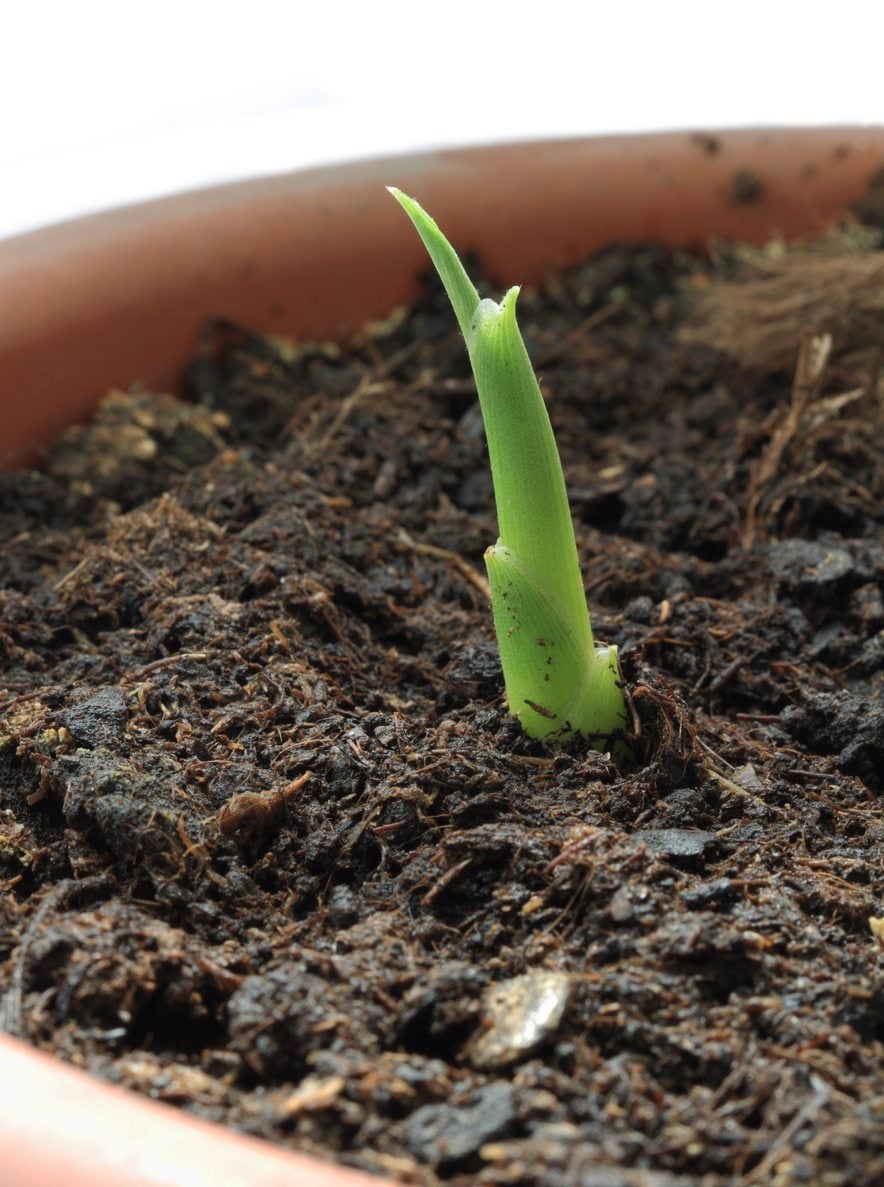

Ginger is a pungent tropical herb used to add unmistakable flavor to a variety of food dishes. A powerful superfood, ginger contains antibiotic and anti-inflammatory properties, and many people value ginger for its proven ability to calm an upset tummy.
This warm-climate plant grows year-round in USDA plant hardiness zones 9b and above, but gardeners in more northern climates can grow ginger in a container and harvest the spicy roots year-round.
Although you can start any time of year, spring is the optimum time for planting ginger in a container. Want to learn about growing ginger in containers? Read on.
How to Grow Ginger in a Pot
If you don’t already have access to a ginger plant, you can purchase a chunk of ginger about the size of your thumb or a little longer. Look for firm, light-colored ginger roots with bumpy little buds at the tips. Organic ginger is preferable, as regular grocery store ginger is treated with chemicals that prevent sprouting. Prepare a deep pot with a drainage hole in the bottom.
Keep in mind that the thumb-size chunk may grow into a 36 inch (91 cm.) plant at maturity, so look for a large container. Fill the pot with a loose, rich, well-drained potting medium. Soak the ginger root in a bowl of warm water for several hours or overnight.
Then plant the ginger root with the bud pointing up and cover the root with 1 to 2 inches (2.5-5 cm.) of soil.
Water lightly. Be patient, as growing ginger in a container takes time. You should see sprouts emerging from the root in two to three weeks.
Gardening tips, videos, info and more delivered right to your inbox!
Sign up for the Gardening Know How newsletter today and receive a free copy of our e-book "How to Grow Delicious Tomatoes".
Care for Ginger in Pots
Place the container in a warm room where the ginger root is exposed to indirect sunlight. Outdoors, place the ginger plant in a spot that receives morning sun but stays shady during hot afternoons.
Water as needed to keep the potting mix moist, but don’t water to the point of sogginess. Fertilize the ginger plant every six to eight weeks, using fish emulsion, seaweed extract, or other organic fertilizer. Harvest ginger when the leaves begin turning yellow – usually about eight to ten months.
Bring container-grown ginger plants indoors when temperatures drop to about 50 degrees F. (10 C.).

A Credentialed Garden Writer, Mary H. Dyer was with Gardening Know How in the very beginning, publishing articles as early as 2007.
-
 Looking For Plants To Give You The Soft And Fuzzies? Try These 5 Fuzzy Leaf Plant Options
Looking For Plants To Give You The Soft And Fuzzies? Try These 5 Fuzzy Leaf Plant OptionsLovers of texture, drama, silver foliage and tactile plants will adore these special sensory garden additions. These fuzzy leaf plant options will leave you all aglow
By Susan Albert
-
 Get Ready For A Summer Of Hummers! Grow These Full Sun Hummingbird Plants and Flowers
Get Ready For A Summer Of Hummers! Grow These Full Sun Hummingbird Plants and FlowersIf you’re lucky enough to enjoy a sunny backyard, make sure you are maxing out on your pollinator opportunities and grow these full sun hummingbird plants and flowers
By Tonya Barnett
-
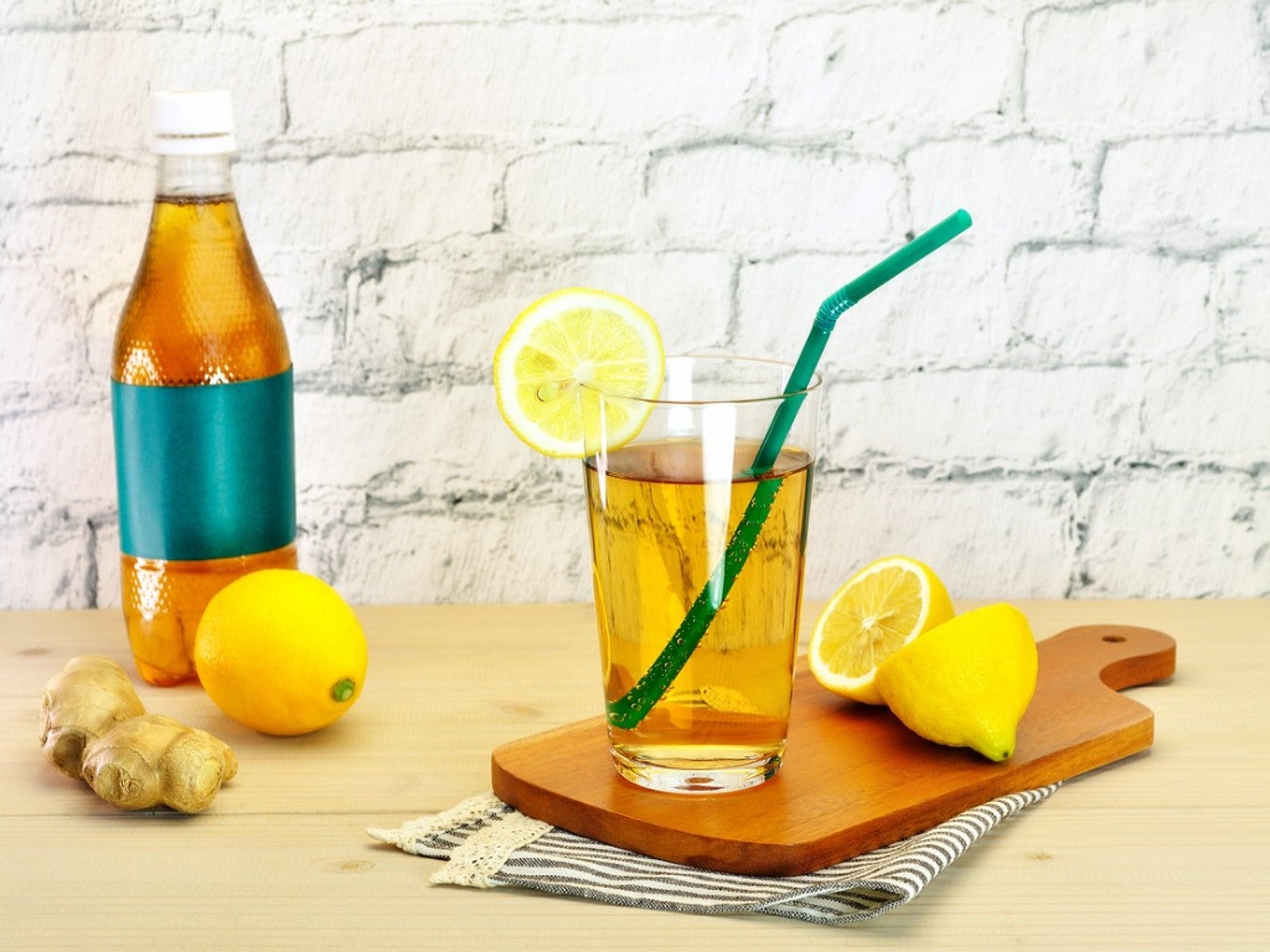 Homemade Ginger Ale Straight From The Garden
Homemade Ginger Ale Straight From The GardenLearn here how to grow your own ginger and check out a recipe for homemade ginger ale.
By Bonnie L. Grant
-
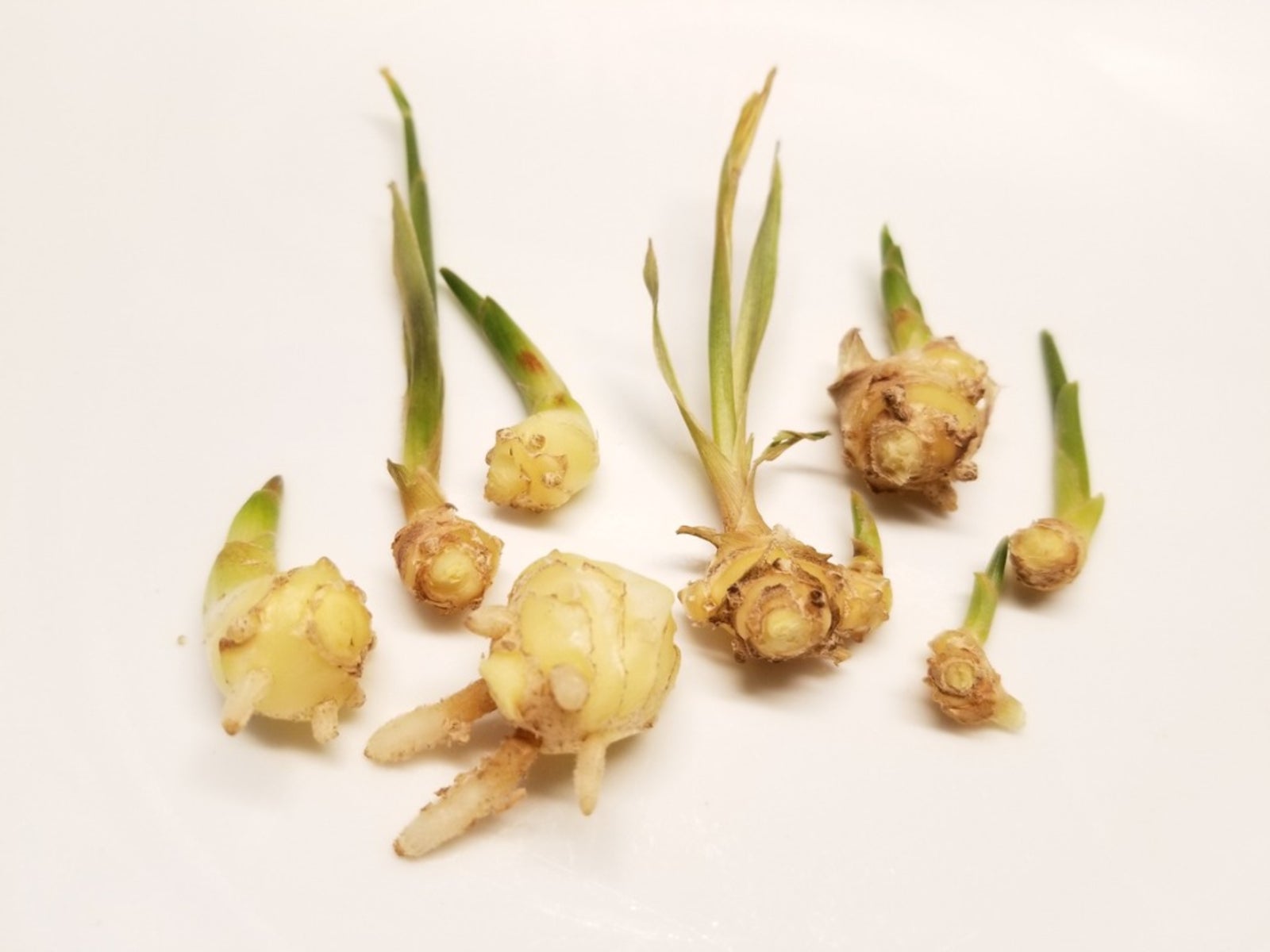 Can I Plant Grocery Store Ginger - How To Grow Grocery Store Ginger
Can I Plant Grocery Store Ginger - How To Grow Grocery Store GingerGinger has a lengthy history and was once bought and sold as a luxury item. But perhaps you have wondered, “Can I plant grocery store ginger?”. Read on to find out.
By Amy Grant
-
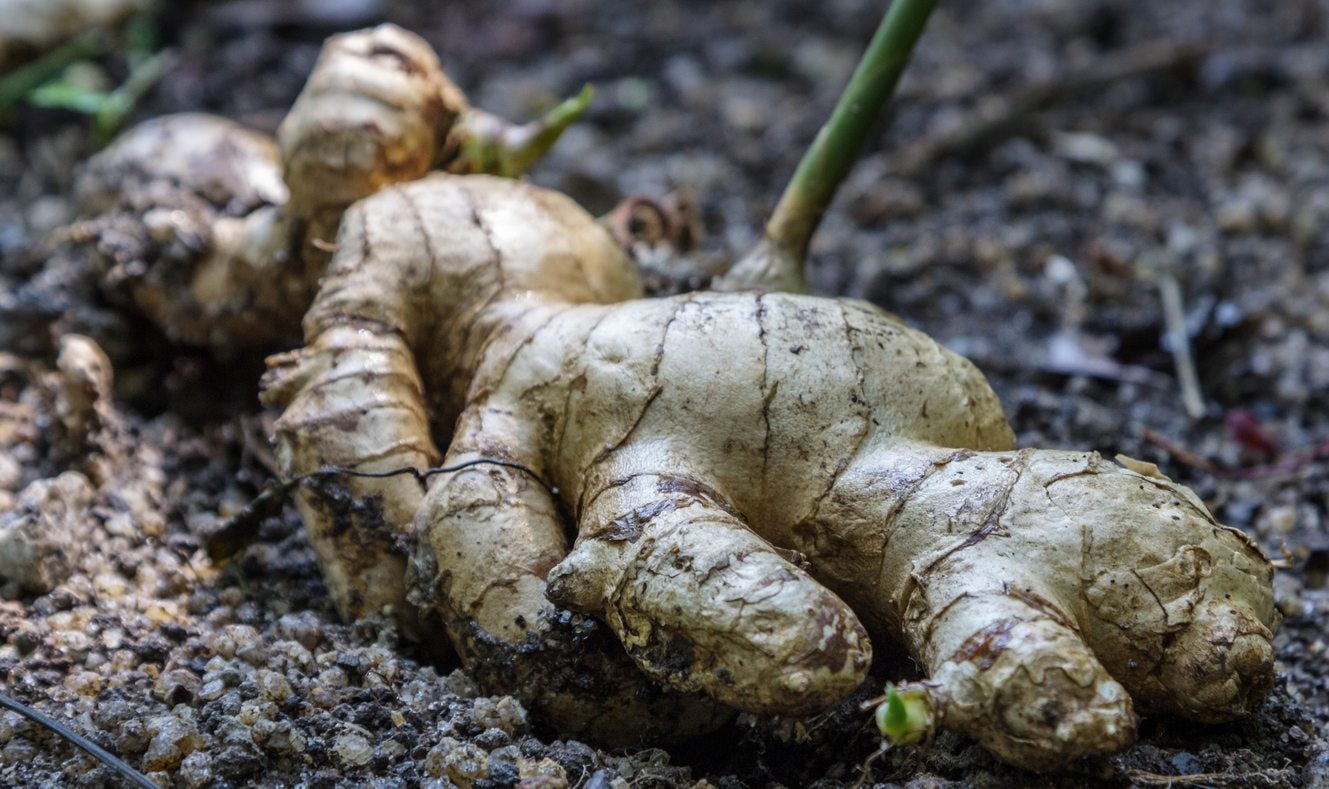 Ginger Harvesting Guide – Learn How To Harvest Ginger Plants
Ginger Harvesting Guide – Learn How To Harvest Ginger PlantsPeople have been harvesting ginger root for its aromatic, spicy rhizomes for centuries. Given that these delectable roots are underground, how do you know if its ginger harvesting time? Click here to find out when to pick and how to harvest ginger.
By Amy Grant
-
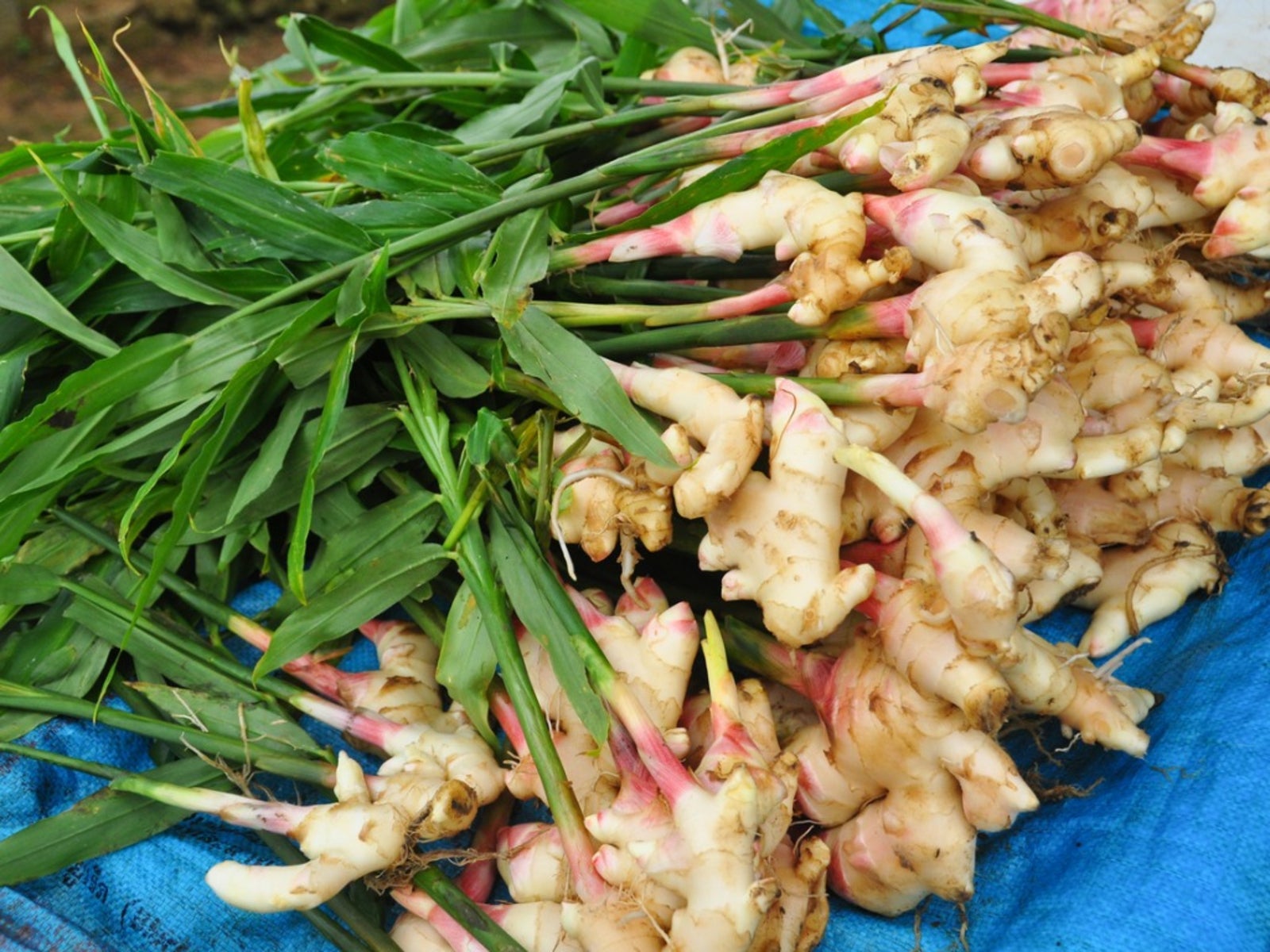 Diseases Of Ginger – Recognizing Ginger Disease Symptoms
Diseases Of Ginger – Recognizing Ginger Disease SymptomsGinger can be an interesting addition to your edible landscaping. Careful planning and a watchful eye will ensure that you never have to experience any of the ginger plant diseases found in this article. Click here for more information on treating sick ginger plants.
By Kristi Waterworth
-
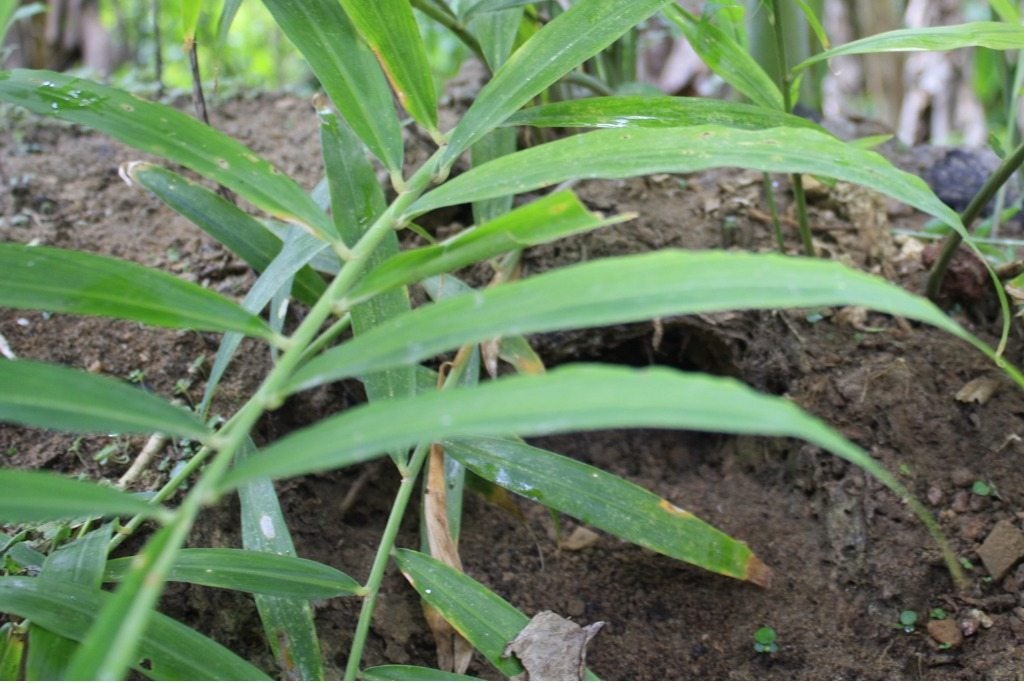 Ginger With Brown Leaves: Learn Why Ginger Leaves Are Turning Brown
Ginger With Brown Leaves: Learn Why Ginger Leaves Are Turning BrownGinger plants are interesting additions to gardens, but they can be fickle about growing conditions. Brown leaves can be an alarming symptom, but the chances are good that your plant is showing a sign of stress, rather than a sign of sickness. Learn more here.
By Kristi Waterworth
-
 Japanese Ginger Info: How To Grow Myoga Ginger Plants
Japanese Ginger Info: How To Grow Myoga Ginger PlantsJapanese ginger roots are not edible. The shoots and buds of this plant are edible and can be used like an herb in cooking. Japanese ginger uses aren't limited to food, though. Learn more in this article.
By Mary Ellen Ellis
-
 Can Ginger Grow Outside – Ginger Cold Hardiness And Site Requirements
Can Ginger Grow Outside – Ginger Cold Hardiness And Site RequirementsOnce an exotic herb is grown only in tropical locations, today homeowners all over the world can grow their own ginger in the garden. Click the following article to learn more about growing ginger outdoors along with their outdoor requirements.
By Darcy Larum
-
 Hydroponic Ginger Plants – Can You Grow Ginger In Water
Hydroponic Ginger Plants – Can You Grow Ginger In WaterTo grow ginger, these conditions need to mimic those where it grows naturally, but what about hydroponic ginger plants? Can you grow ginger in water? Click on this article to find out about rooting and growing ginger in water.
By Amy Grant